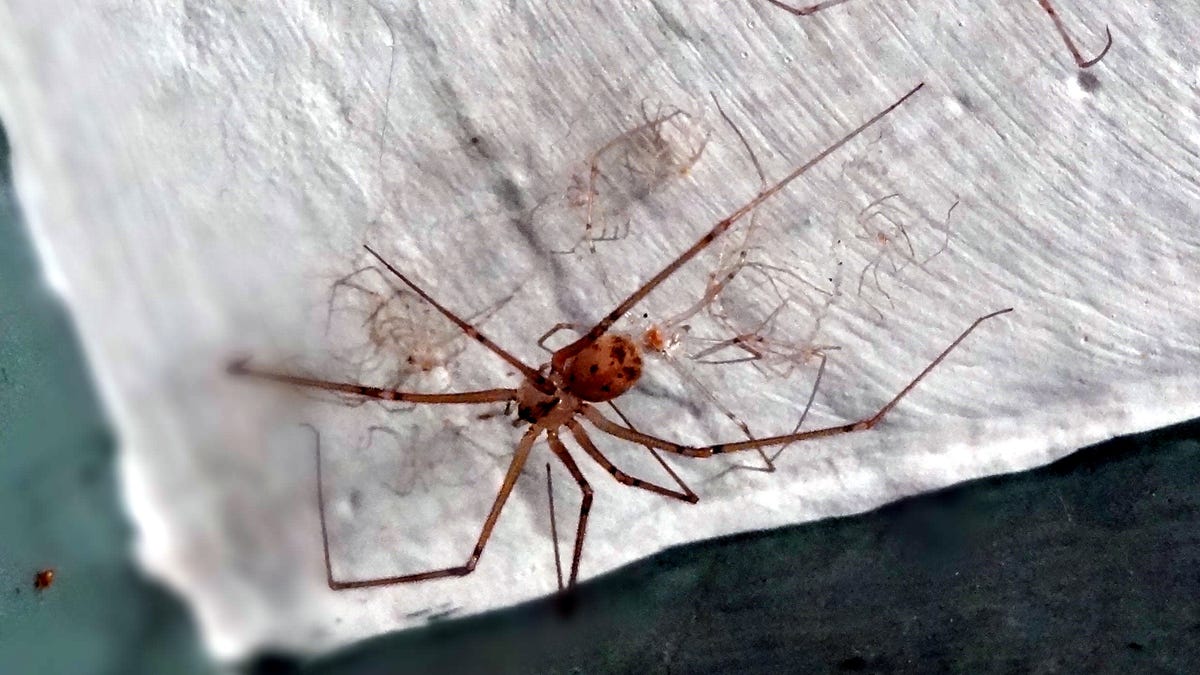Hear the haunting music MIT scientists made from sounds of spider webs
Researchers sonify the complex structure of a spider web, and the compositions could have applications beyond concerts.

Coming soon to a music venue near you.
Spiders don't see well, so they sense the world through the vibrations that ripple through their intricate webs as they stretch silk strands or a breeze blows. Turns out those vibrations make for some otherworldly music.
We know this thanks to the work of MIT scientists who sonified the 3D structure of spider webs and shared the results online. You can listen to their spider sound track in the video below.
"Sounds like two things: 1. A slowed-down version of the dial-up sound. 2. A Yoko Ono composition," one YouTube commenter said in response to the vid.
The researchers, led by Markus Buehler, an MIT engineering professor and a composer of experimental music, presented the results of their work Monday at the spring meeting of the American Chemical Society.
The team scanned a spider web with a laser during the natural structure's construction, assigning different frequencies to web strands to create "notes" they combined in patterns based on the web's 3D shape. Together, those notes generated melodies, which the researchers then played using an original harplike instrument. As far as I know, the compositions haven't yet been sold as an NFT.
Buehler has long been interested in deriving sound from biological materials as another way to understand their underlying science and math. Previously, he set the coronavirus to music.
Better comprehending how spiders build their webs step-by-step could lead to "spider mimicking" 3D printers that build complex microelectronics, Buehler hopes. "The spider's way of 'printing' the web is remarkable because no support material is used, as is often needed in current 3D printing methods," he said in a statement.
But the team also hopes the research could help humans communicate with spiders in their own language, through synthetic signals. The scientists recorded vibrations produced when spiders engaged in activities such as web spinning and communicating with fellow arachnids, including through courtship signals. A machine learning algorithm successfully classified those sounds according to the activities.
I just want to know when I can get tickets to see a spider in concert.

